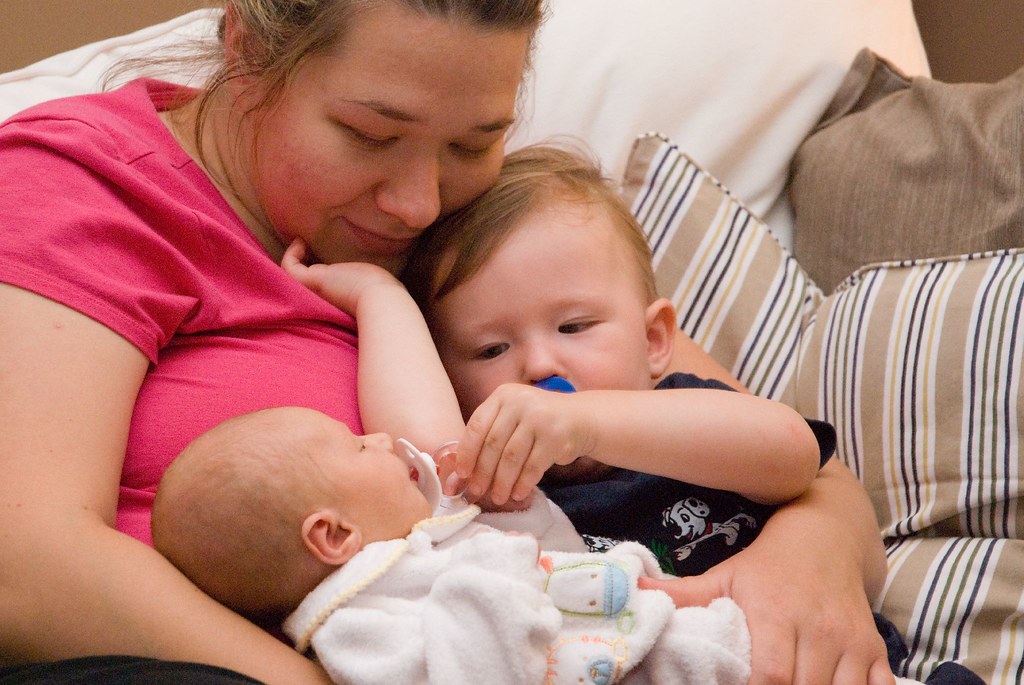NPR some time back posted a story about Harlem Children's Zone and its Baby College. I've been buzzing ever since, hoping perhaps we just might have a new model that would turn children in our inner cities around. After all, it followed the usual successful plans -- a community taking charge of its own in order for it to succeed. Apparently major federal money is now targeted to replicate the HCZ model and place it throughout the country. Good. Or so I thought.
But I guess somehow I missed out on my research. Recently I caught articles by Alexander Russo and Linda Perlstein that tell of a possible different story, one of the media not scrutinizing HCZ as they should, of HCZ withholding data results, of excuses being made by the organization for weak results (despite over 10 years since the inception of Baby College and 35+ years for HCZ). And the latest interview in City Limits did little to quell questions.
Let's see, No Child Left Behind mandates schools to show substantial results within one year, and every year after that -- results even from special education and struggling minority students as well as recent immigrants -- or millions of federal dollars will be withheld. And this same federal government now plans on shipping new millions to HCZ that has yet to show acceptable results?
Let's see, No Child Left Behind mandates schools to show substantial results within one year, and every year after that -- results even from special education and struggling minority students as well as recent immigrants -- or millions of federal dollars will be withheld. And this same federal government now plans on shipping new millions to HCZ that has yet to show acceptable results?
I want Harlem Children's Zone to succeed, or any other program that can move these children on. But with all the financial fiascos we've seen in the past two years, all the wasted monies, I would think the federal government would be a bit more cautious with the depleted dollars, do its homework, and deliver dollars where dollars will best succeed, not just to the most hyped program of the hour.
Please, Mr. Canada, don't operate as the business world operates -- hiding design flaws, critical data, finances. It usually all comes out in the end, anyway, and the business looks the fool.
So if Baby College doesn't yet have the data to support its tales of wonder, wait. Experiment. Improve.
Please.
Please.












